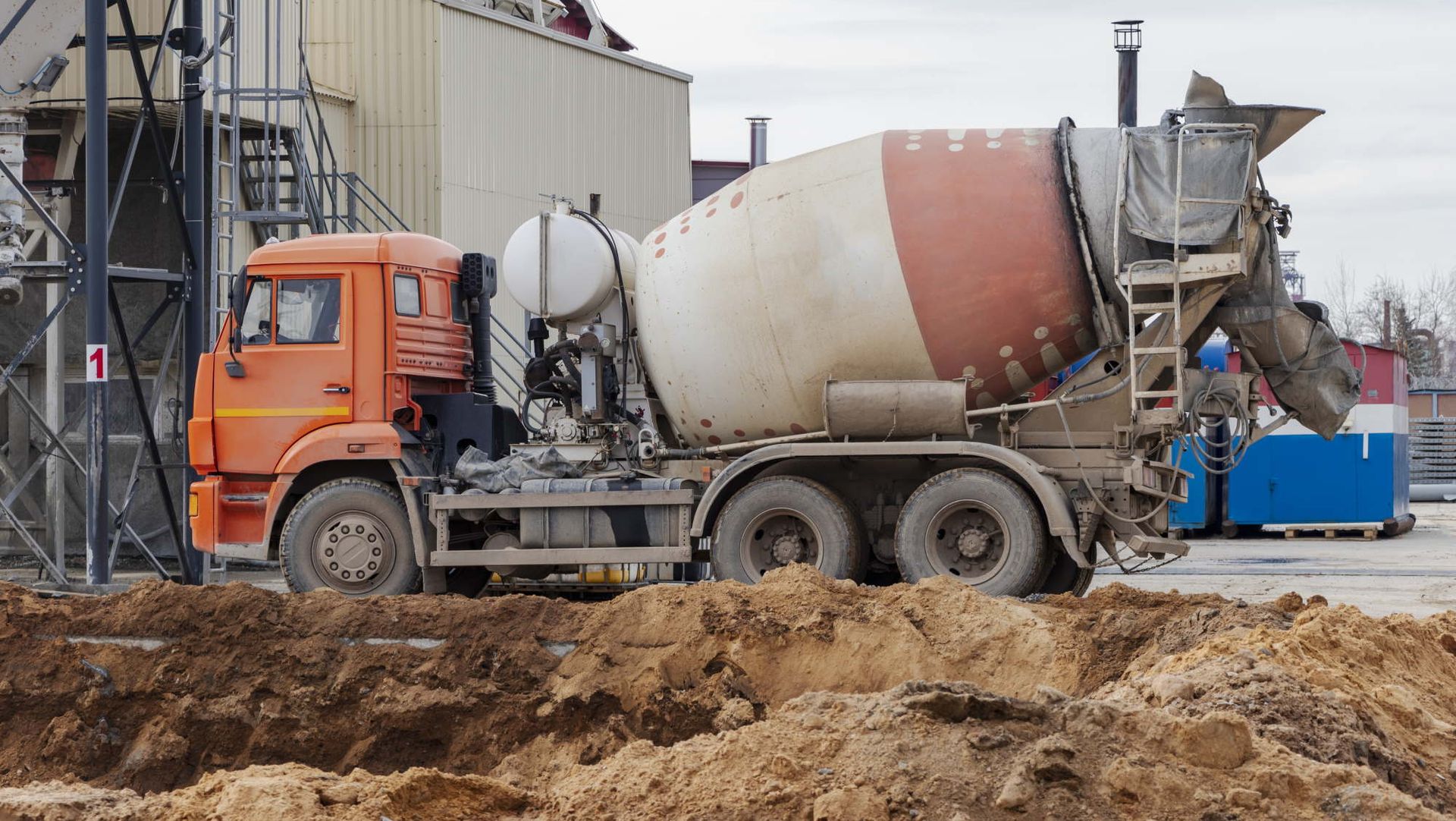Concrete Trucks Specifications And Features: Concrete trucks, also known as cement mixers or concrete mixer trucks, are essential vehicles in the construction industry. They are used to mix and transport concrete from the plant to the construction site. Here are the detailed specifications, types, features, and applications of concrete trucks:
Types of Concrete Trucks
- Standard Transit Mixers
- Description: The most common type of concrete truck. They mix and transport concrete in a rotating drum.
- Capacity: Typically ranges from 5 to 10 cubic meters (6.5 to 13 cubic yards).
- Volumetric Concrete Mixers
- Description: These trucks carry the raw materials (cement, sand, gravel, and water) and mix them on-site.
- Capacity: Varies, but can typically range from 2 to 10 cubic meters (2.6 to 13 cubic yards).
- Mini Concrete Mixers
- Description: Smaller versions of transit mixers, used for small to medium-sized projects or in areas with limited access.
- Capacity: Usually up to 4 cubic meters (5.2 cubic yards).
- Concrete Pump Trucks
- Description: Equipped with a boom pump to place concrete precisely where it’s needed.
- Capacity: Pumping capacities vary widely depending on the model.
Specifications and Features
Chassis and Dimensions
- Wheelbase: Typically ranges from 3,500 mm to 6,000 mm (137.8 inches to 236.2 inches).
- Overall Length: Varies based on the type and capacity of the truck.
- Overall Width: Usually around 2,500 mm (98.4 inches).
- Height: Varies but generally around 3,800 mm (149.6 inches).
Engine and Performance
- Engine Power: Typically between 250 to 400 horsepower.
- Fuel Type: Diesel engines are standard for their durability and power.
- Transmission: Manual or automatic transmissions, depending on the model and manufacturer.
- Drive Configuration: Common configurations include 4×2, 6×4, and 8×4, depending on the load and terrain requirements.
Mixer Drum
- Material: Made from high-strength steel to withstand the abrasive nature of concrete.
- Capacity: Standard sizes range from 5 to 10 cubic meters (6.5 to 13 cubic yards).
- Rotation Speed: Typically around 14 to 18 RPM (revolutions per minute).
Hydraulic System
- Function: Powers the drum’s rotation and tilt mechanisms.
- Components: Includes hydraulic pumps, motors, and control systems.
Water System
- Function: Used to add water to the mix and clean the drum.
- Capacity: Varies, but usually around 300 to 500 liters (79 to 132 gallons).
Applications
- Residential Construction: Foundations, driveways, sidewalks, and patios.
- Commercial Construction: Large slabs, retaining walls, and structural components.
- Infrastructure Projects: Roads, bridges, tunnels, and airports.
- Industrial Projects: Factories, warehouses, and heavy-duty structures.
Advantages
- Efficiency: Concrete trucks provide a continuous supply of fresh concrete.
- Mobility: Can transport concrete to remote or difficult-to-access sites.
- Precision: Volumetric mixers and pump trucks allow precise control over the mix and placement of concrete.
- Versatility: Suitable for a wide range of projects from small residential jobs to large commercial and industrial projects.
Maintenance and Safety
- Regular Maintenance: Includes checking the hydraulic system, engine, transmission, and mixer drum.
- Safety Features: Modern concrete trucks are equipped with safety features such as anti-lock brakes, stability control, and backup cameras.
- Operator Training: Operators must be trained to handle the vehicle and its specialized equipment safely.
Manufacturers
Some well-known manufacturers of concrete trucks include:
- Caterpillar
- Mack Trucks
- Volvo Trucks
- MAN Truck & Bus
- Mercedes-Benz Trucks
- Scania
- Freightliner
Conclusion
Concrete trucks are vital to the construction industry, offering flexibility, efficiency, and precision in delivering concrete. With various types and capacities, they can meet the needs of diverse construction projects, from small residential jobs to large-scale infrastructure developments. Proper maintenance and adherence to safety standards are crucial for their effective and safe operation.




